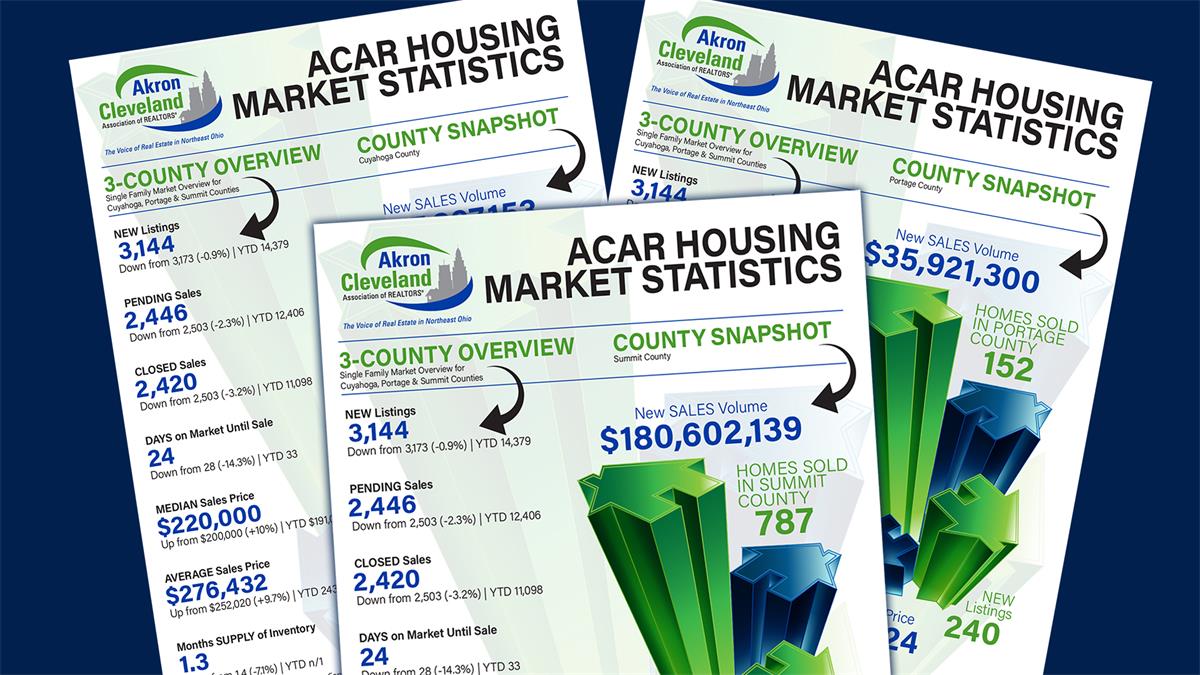June 24, 2023

May 3, 2024
ACAR Office Liaison Recognition | May 2024

May 2, 2024
Register Now to Start Your DE & I Certification – Ohio REALTORS

May 1, 2024
Reynolds Announces Housing Report Findings & Recommendations

May 1, 2024
Marijuana and Real Estate: A Budding Issue

May 1, 2024
ACAR Affiliate of the Month | May 2024

April 30, 2024
Legislative Spotlight

April 29, 2024
Cuyahoga County & Portage County Sexennial Reappraisal Process

April 23, 2024
CLASS ACTION CERTIFIED AGAINST CLEVELAND HEIGHTS’ ATTACK ON OUTSIDE OWNERSHIP

March 28, 2024
Local Agent in Charge – What does it mean?

March 20, 2024
Housing Market Statistics – February 2024

February 21, 2024
Update: Cleveland Housing Overhaul Passed

February 6, 2024
Welcome to 2024 Super Diamond Elite Sponsors
Press Releases

June 10, 2021
ACAR Names Mike Valerino as New Chief Executive Officer in 2022.
April 15, 2019
Update: Real Estate Tax Relief Available to Victims of Recent Storm
March 18, 2019
Free Help for Homeowners Who are Behind on Property Taxes
February 25, 2019


